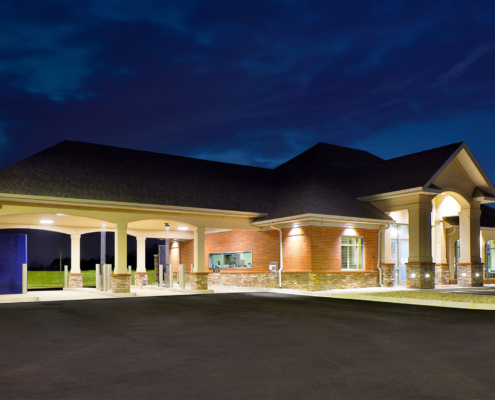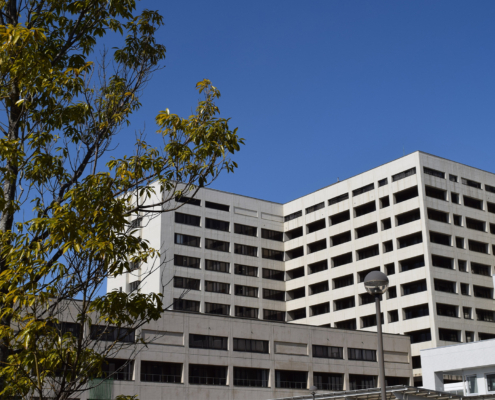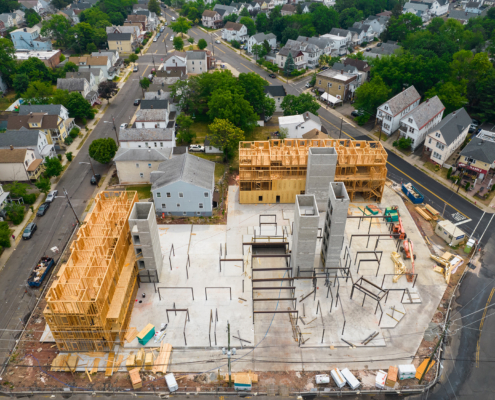 https://www.hokansoninc.com/wp-content/uploads/2025/06/Real-Estate-Development-Readiness-Your-Essential-Pre-Construction-Checklist.jpg
1250
2000
AbstraktMarketing
/wp-content/uploads/2022/10/Hokanson-Logo-Color-SVG-V2.svg
AbstraktMarketing2025-06-27 07:55:062025-06-30 15:26:29Real Estate Development Readiness: Your Essential Pre-Construction Checklist
https://www.hokansoninc.com/wp-content/uploads/2025/06/Real-Estate-Development-Readiness-Your-Essential-Pre-Construction-Checklist.jpg
1250
2000
AbstraktMarketing
/wp-content/uploads/2022/10/Hokanson-Logo-Color-SVG-V2.svg
AbstraktMarketing2025-06-27 07:55:062025-06-30 15:26:29Real Estate Development Readiness: Your Essential Pre-Construction ChecklistFinancial Institution Construction Costs: What to Expect and How to Stay on Budget
Financial institution construction involves more than just bricks and mortar—it’s about building secure, efficient, and trust-inspiring spaces. Complex features like vaults, drive-thrus, and advanced security systems can raise costs quickly. Each decision must consider regulations, customer experience, and long-term value. Continue reading to discover key cost drivers and strategies to plan wisely and stay on budget.
Why Construction Costs for Banks and Credit Unions Are Unique
Before diving into the numbers, it’s important to understand why building a financial institution isn’t like building a standard commercial office. The operational needs, regulatory requirements, and customer expectations are all distinct.
Here’s what sets bank construction apart:
- Security infrastructure: Vaults, bullet-resistant glass, surveillance systems, and access controls drive up costs quickly.
- Custom-designed features: Teller lines, secure transaction zones, ATM enclosures, and drive-thru systems require specialized construction and technology integration.
- Compliance requirements: Financial institutions must follow stringent state and federal codes—especially for security and ADA compliance.
- Customer experience: From branch layout to aesthetics, every detail must reflect professionalism and build trust.
These elements require experienced planning and precise execution, as missteps in any of these areas can be costly or even legally risky. That’s why careful budgeting and collaboration with an experienced builder are essential from the start.
Breaking Down the Cost Components in Financial Institution Construction
Every construction project has its budget line items, but some costs can be especially unpredictable with financial institutions if not anticipated early.
Here’s what typically drives cost:
1. Site Acquisition and Prep
The first major decision is securing the right location. Site costs vary based on location, zoning, soil conditions, and accessibility. Urban branches may need tear-downs or complex permitting, while suburban sites might require extensive utility work. Environmental testing, drainage, and road access also contribute to costs and must be reviewed during site selection.
2. Core Structure and Envelope
This includes the foundation, framing, roofing, insulation, and facade. Material prices fluctuate, and choosing energy-efficient or specialty materials can increase costs upfront but lower long-term operating expenses. Considerations like storm resistance, roofing systems with solar capabilities, and eco-friendly insulation may present higher initial costs but bring sustainability benefits.
3. Interior Build-Out
A financial institution’s interior must balance open, welcoming customer areas with private, secure zones. It should align with your brand identity and make customers and employees feel confident and safe.
Key interior costs may include:
- Millwork for teller lines and customer service areas
- Offices and conference rooms with soundproofing
- Specialty flooring and high-end finishes to reflect brand identity
- Data cabling, networking, and IT systems integration
- Signage, lighting, and accessibility features
4. Security Systems and Vaults
This is where construction for financial institutions diverges sharply from standard commercial builds. Expect significant investments in:
- UL-rated vaults and safes
- Video surveillance and alarm systems
- Access control systems and bullet-resistant barriers
- Panic buttons and silent alarm infrastructure
Security design is often governed by banking industry regulations, making it essential to involve security consultants early in the planning process.
5. Drive-Thru Banking Infrastructure
Adding a drive-thru component requires additional structural work, HVAC considerations, and technology (like pneumatic tubes or digital banking kiosks). Although many customers expect this convenience feature, it must be designed with functionality and security in mind. Lane design, canopy height, and weatherproofing are just some variables to consider.
Common Causes of Budget Overruns in Bank Construction
Even the best-laid plans can run into trouble without proper oversight and flexibility. Recognizing where projects typically go off track is key to preventing it from happening to yours.
Here are a few frequent culprits:
Scope Creep
When decision-makers add features or change materials mid-project, it can quickly snowball into delays and increased costs. Even small changes can lead to schedule disruptions, new permitting, or rework fees.
Inaccurate Budget Estimates
Underestimating costs for security systems, interior features, or permitting fees are common. Partnering with an experienced builder that specializes in financial institution construction ensures estimates are grounded in real-world data. A seasoned team can also flag hidden expenses that less experienced firms may overlook.
Delays Due to Permits or Inspections
Municipal delays can cause scheduling conflicts and labor cost increases. Every jurisdiction is different, and having a contractor who knows how to navigate local codes and inspections is key to staying on schedule.
Unforeseen Site Conditions
Hidden underground utilities, poor soil conditions, or environmental concerns can add unexpected site work costs. Investing in thorough site evaluations and geotechnical testing can reduce the risk of surprises later on.
Proven Strategies to Stay on Budget During Financial Institution Construction
The good news? With the right planning and team, it’s entirely possible to keep your project on track financially.
Here’s how:
Engage Early with an Experienced Construction Partner
Working with a team that understands bank construction from the ground up means fewer surprises and stronger cost forecasting. A specialized partner will know how to value-engineer your project—making smart trade-offs without sacrificing essential features. They’ll also bring design-build efficiencies to help you streamline planning and avoid duplication of work.
Develop a Realistic, Flexible Budget
Start with accurate estimates that account for both base construction and soft costs like permitting, design fees, security integration, and contingency funds. A good rule of thumb is to include at least 10–15% for contingencies. Your construction team should help break down cost phases and prepare for inflation or material supply disruptions.
Prioritize Long-Term Value Over Low Initial Cost
Choosing cheaper materials or skipping energy-efficient systems may save you money now—but it could lead to higher operational costs later. Your construction partner should help you evaluate the total cost of ownership so you can make informed decisions about where to spend and where to save.
Maintain Clear Communication with All Stakeholders
Weekly progress reports, regular budget reviews, and aligned expectations help prevent missteps. Ensure your architect, contractor, banking leadership, and compliance advisors are working from the same playbook from day one. Integrated project management tools and frequent check-ins go a long way toward eliminating guesswork.
Keep your project on track and get the most out of your budget with construction management services from Hokanson Companies.
What Are Typical Financial Institution Construction Costs?
Costs vary based on location, size, features, and the scope and age of the existing structure. It’s important to note that security features and technology integration can add significantly to the total cost—but they’re critical to operations and customer confidence. Costs for IT infrastructure, audio/visual systems, and staff training for new systems should also be factored into the overall budget.
Every choice you make, from vault installations and ADA compliance to customer comfort and energy efficiency, impacts your budget and long-term success. With the right partner guiding your project, you’ll stay within budget and set your branch up for decades of successful operation. A trusted construction team will offer guidance on every decision, prevent costly errors, and serve as your advocate throughout the process.
Build Confidence with Hokanson: Secure, Smart Construction for Financial Institutions
When you’re ready to take the next step, Hokanson Companies will make it count. With decades of experience in financial institution construction, we understand what it takes to blend security, functionality, and customer comfort into one seamless build. Contact our experts today to discover how our corporate services can help your project stay on track.









